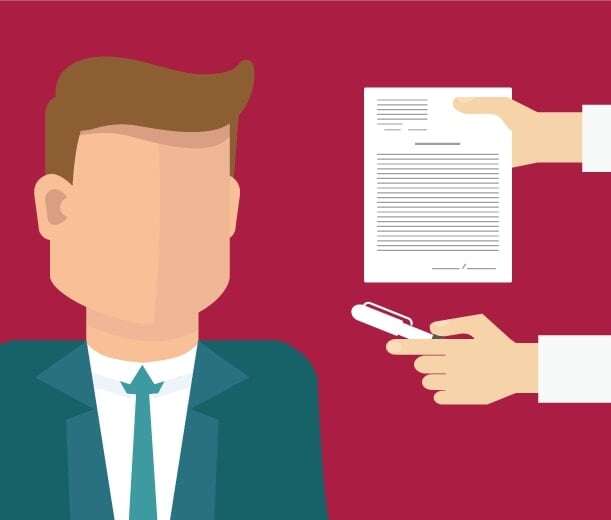One of the real regulatory hot buttons over the past few years is around UDAAP – Unfair, Deceptive, or Abusive Acts, or Practices. There have been numerous UDAAP violations with some pretty jaw-dropping fines associated, costing the banking industry millions of dollars in expensive enforcement actions.
We briefly discussed this last month, so let's expand on that. Let's go through an example, tracking enforcement actions and learning from them.
Example: First National Bank of Omaha
Take, for example, the recent enforcement action against First National Bank of Omaha (FNBO). As full disclosure, I have several friends and former colleagues who work there and I have immense respect for the quality of the management team, but the UDAAP violation they were charged with stemmed from failure to properly oversee and control a third party service provider’s actions.
As a financial institution, the burden of compliance always rests with the institution and, in this case, they failed to fully address and properly monitor the actions of the third party, resulting in customer complaints, countless fees being improperly assessed and ultimately, a costly enforcement action.
Defining "Abusive"
The standards for what constitutes a UDAAP violation are not entirely clear. The Consumer Financial Protection Bureau (CFPB) has not fully defined what the “Abusive” means - they have only done so through enforcement actions.
The “we know it when we see it” approach is tough for a compliance officer or third party risk manager to look at and feel like it’s entirely prescriptive. Yet, at the same time, the actions of this third party provider in the FNBO case example above were pretty egregious.
Compliance is everyone’s job, not just the compliance officer or audit manager. Even the day to day relationship manager responsible for that third party should have been carefully reviewing their activities and taking pre-emptive action. Hindsight is 20/20, but it’s also a good time to sit back, think about your own institution’s practices, particularly as it relates to oversight of your third parties and make sure there are not leading indicators of a similar problem at your own institution.
Tracking UDAAP Enforcement Actions
The enforcement actions are a matter of public record and easy enough to find on the CFPB, OCC or FDIC websites.
However, if you want a really easy reference source that tracks all of them, go to Payment Law Advisor and they have a handy list of all of the UDAAP enforcement actions, broken down by prudential regulator – they even attach a copy of the actual order itself for easy reading.
Learning From Enforcement Actions
I often tell people that one of the best practices I know of is to study enforcement actions and use them as an opportunity for self-reflection about your own program and look for signs you may need to be aware of. Make sure you:
- Meet with your compliance team, your legal counsel and internal audit and be hyper-critical to root out any problems and correct them.
For example, the third party involved with FNBO, Affinion Group, had been cited back in July 2015 for very similar UDAAP violations. So one could argue that FNBO should have already been looking closely at Affinion’s compliance practices (though the items cited indicated that FNBO had been marketing these products for many years).
- Make sure your third parties understand your institution’s expectations – contractually commit them to provide you with the opportunity to review and approve any new marketing materials or consumer facing disclosures. What you don’t know can hurt you.
- Monitor, test, and look for anything that could be confusing to customers. Looking at complaints and understanding the underlying cause are fantastic ways of addressing a situation early. Remember as well that the CFPB has made consumer complaints one of its fundamental missions.
The best time to prevent a problem is before it starts and as soon as it's detected. Take time to review some expensive enforcement actions now and prevent your company from being in the news later with jaw-dropping fines, scrutiny and clean up.
And to help prepare for an exam, download the ebook.







.gif?width=1920&name=Sample-Graphic-Animation%20(1).gif)



